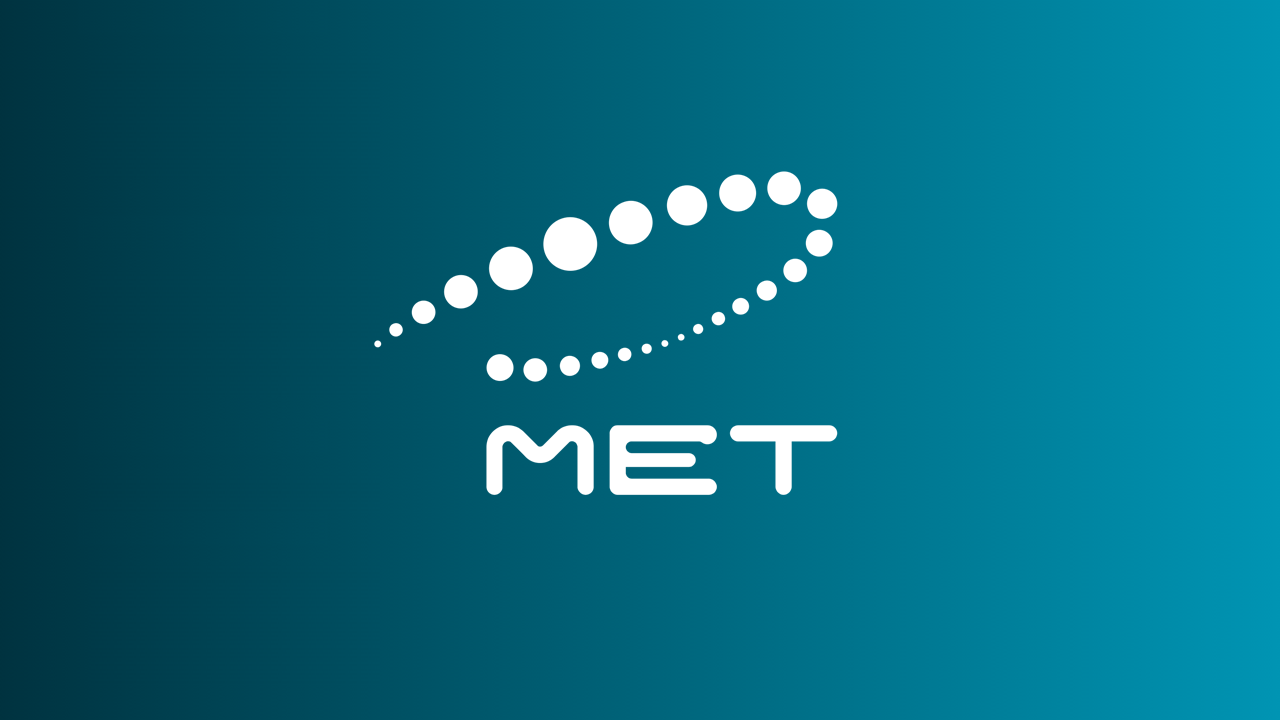
At the end of April, Poland's state-owned gas company PGNiG purchased a shipment of liquefied natural gas (LNG) from America's Cheniere Energy, signalling that company's first delivery to northern Europe from its Sabine Pass liquefaction facility. The cargo is expected to be delivered in June to a regasification terminal on the Baltic sea, Poland's Świnoujście terminal, whose present capacity is 5bn m³/yr.
With a plethora of new sources coming online from emerging suppliers like the US, and traditional LNG providers like Qatar looking to supply new markets, coupled with easily accessible and more affordable “floating storage and regasification unit” (FSRU) infrastructure, LNG is getting ever closer to becoming a global commodity, one that could not only supply natural gas to countries like Poland, but also to other states in Central & Eastern Europe (CEE), even those that are landlocked.
The diversification of CEE gas markets
For decades, countries in the CEE region, whose economies use a lot of natural gas, have purchased it from a sole supplier, Russia's Gazprom, which has traditionally charged them – compared to western hub prices – exorbitant prices.
Clearly, the ability of countries like Poland and Lithuania being able to access to new sources of natural gas has provided the necessary competition for those stuck in a gas market monopolised by one supplier. LNG cargoes from other suppliers of natural gas at can now be purchased at variable “spot” prices, giving CEE countries an alternative to long-term contracts with “take-or-pay” stipulations. These days, Gazprom is even showing a willingness to offer more contract flexibility.
Interconnectors, reverse-flow
For countries like Poland or Lithuania – because of their LNG terminals – things are easier now. But for others, like Estonia, Bulgaria or Hungary, Slovakia, or Ukraine, diversification is not as easily addressed.
In the wake of the gas shutoff crises in 2006 and 2009, EU member states in the CEE region have been urged by the European Commission to join up their gas markets via gas interconnectors that can provide reverse-flow capacity.
Moreover, the concept of the so-called North-South Corridor project, whose completion would mean the complete networking of the gas networks of the European member states along a north-south axis through Central Europe, would result in all of these countries being able to access the gas delivered via LNG terminals in both the north and south of the entire region. As part of its regional policy, the European Commission has named the North-South Corridor a “project of common interest.”
Security of supply and more
Not only would more gas coming into the region make for better security of supply and more competitive pricing, but increased use of small-scale LNG could also spur economic growth, and LNG can used for things like trucking or as a bunkering fuel as a climate-friendly fuel.
But to make the vision of a completely interconnected CEE region that enjoys access to new sources of gas come true, clearly a lot of work must be done.
As the interconnection of countries in the region continues, Poland plans to increase its LNG terminal's capacity, and seeks to implement a pipeline that would deliver gas from Norway. Poland could even eventually supply 20bn m³/yr of gas to the region when all is done.
In Croatia, meanwhile, the southern nub of the North-South Corridor is now in focus, as a proposed LNG terminal on the island of Krk has been discussed for at least a decade. The good news is that earlier this year the project received a €102mn grant towards construction of the import terminal, and it has gained the support of Slovak transmission system operator Eustream.
Budapest LNG Summit: Get all the details
All of these issues and more will be discussed at the Budapest LNG Summit, which happens on 16-17 October 2017 in Budapest, Hungary. MET Group will be the event's Platinum Sponsor. In addition to considering the medium and long-term prospects for the LNG business in CEE, the Summit’s main aim is to connect regional CEE demand with the international supply chain.
Book your place at the Budapest LNG Summit to get the latest project updates on infrastructure and facilities projects as well as a review of investment and financing opportunities within our region.
Source: Natural Gas World
